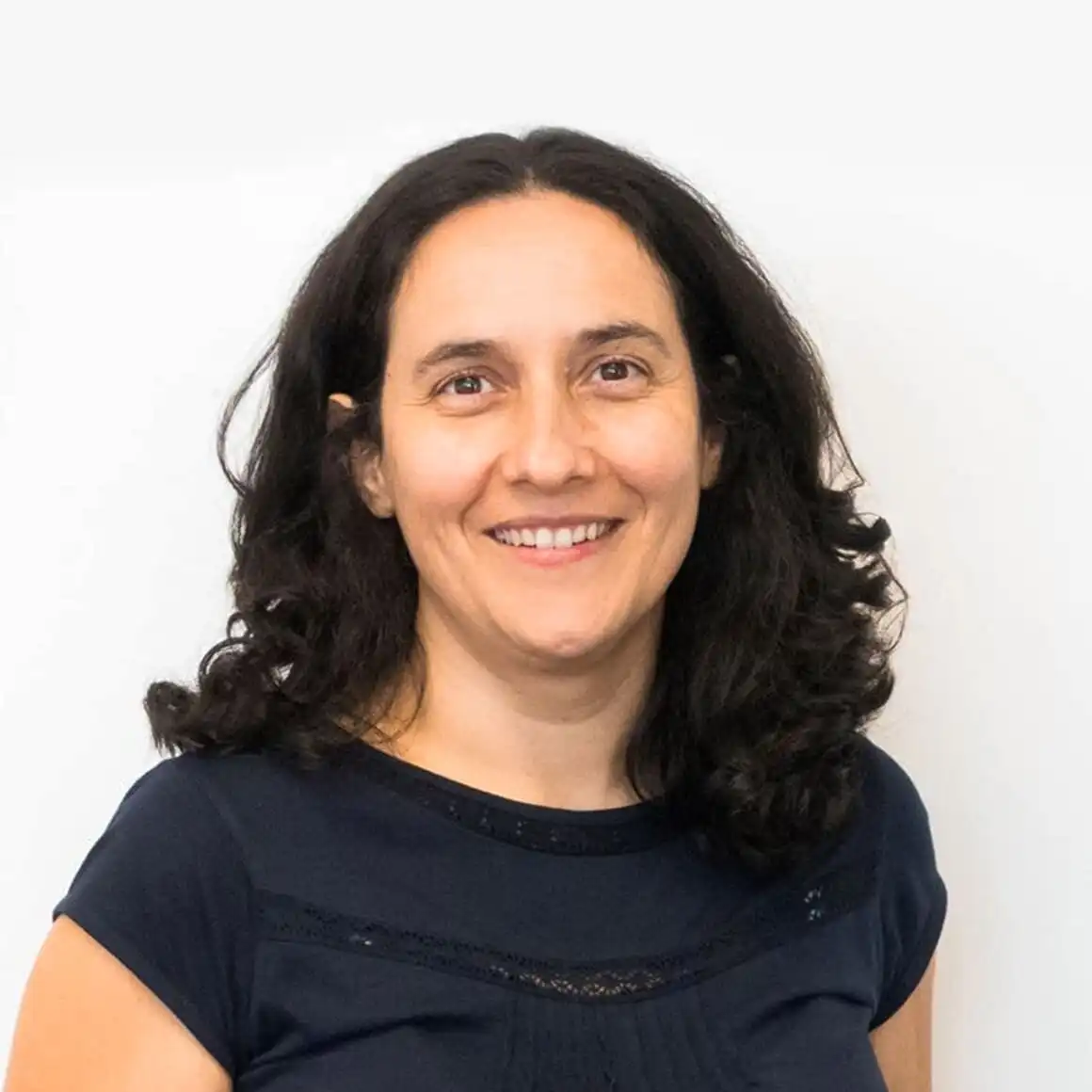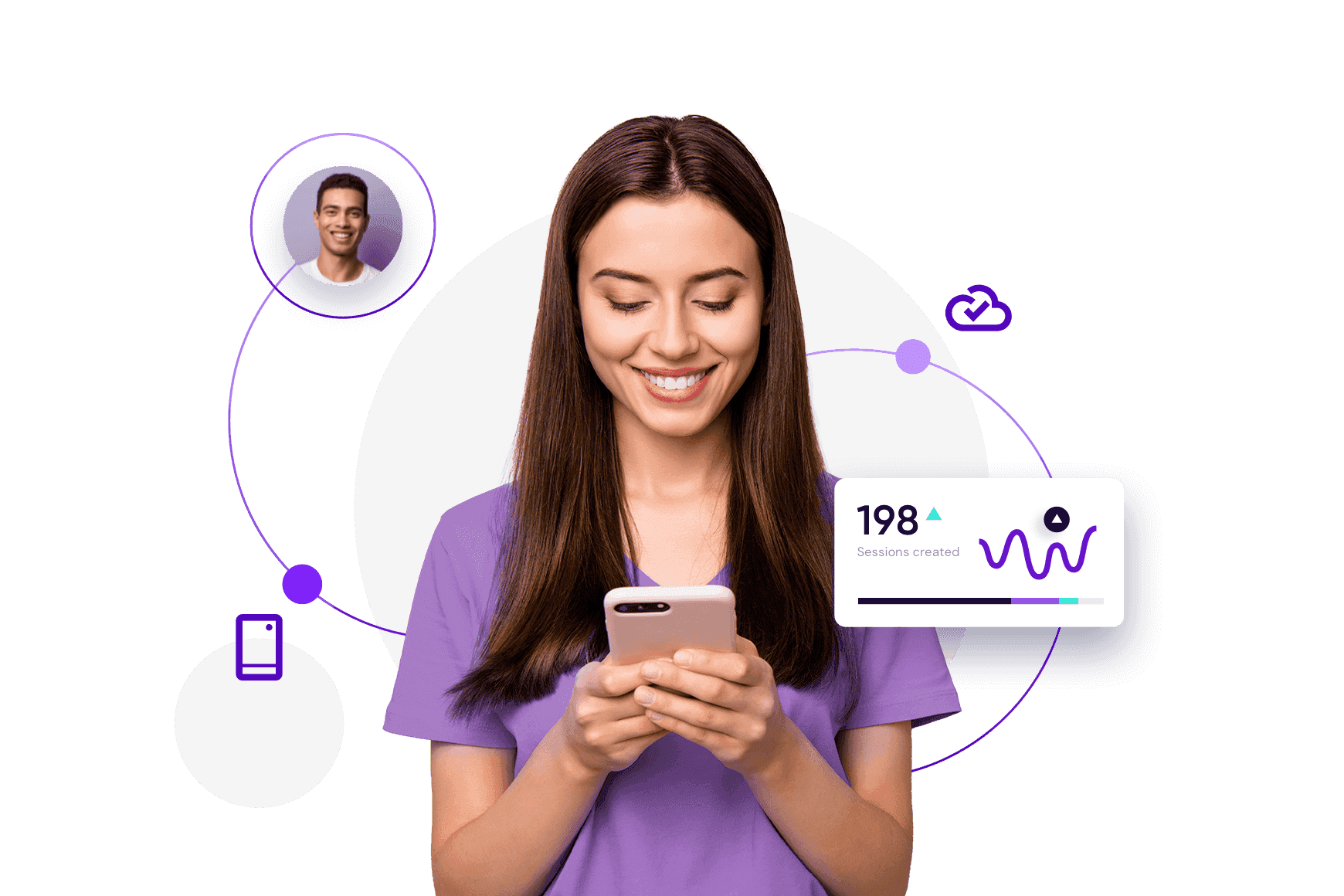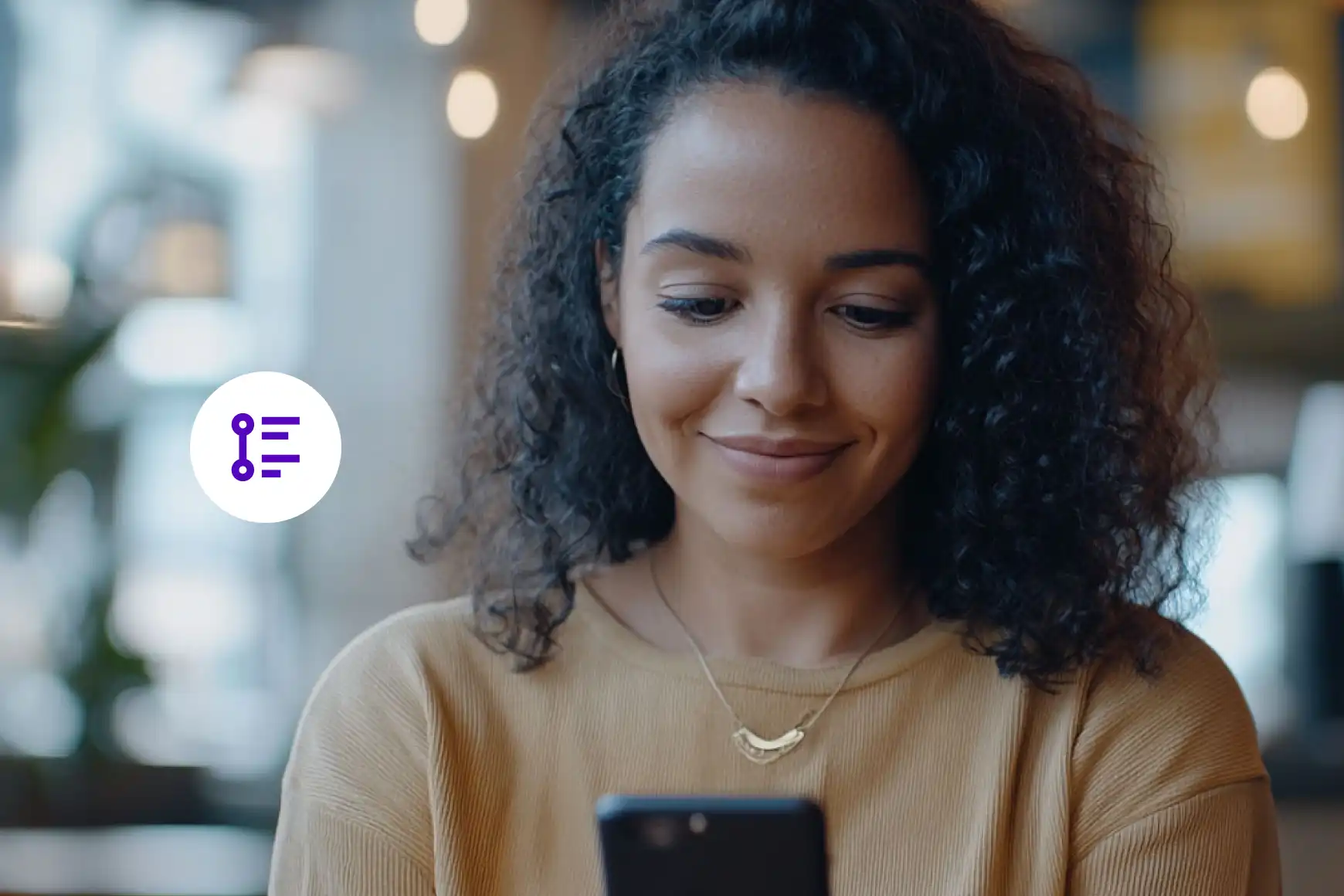Why you should switch from a multichannel contact center to an omnichannel one

By Celia Cerdeira
0 min read

We’ve all been on the other side of a company’s customer service experience, most of us taking advantage of multichannel call center features to DM, text, tweet, call, email, or reach out in another way to get our problems resolved.
A decade ago being able to text a company for assistance was revolutionary. Today, having multichannel options is no longer a nice to have, but the baseline for customer support.
In fact, a survey showed that 69% of consumers across all age ranges prefer text over calling. And 63% of people surveyed would switch to a company that offered text messaging as a contact option (vs a company that only offered phone support).
Now, the most successful companies are shifting again.
As the traditional phone-only call center evolved into the multi-channel contact centers we have today, so too must multichannel evolve into omnichannel contact centers.
What is a multichannel contact center?
Before we get into the differences between multi-channel vs omnichannel contact centers, let’s first define exactly what is meant by each one.
A multichannel contact center uses multiple different platforms, such as SMS, social media, calling, and WhatsApp to receive and resolve customer concerns. While it has the capability to handle multiple channels, the individual customer touchpoints across channels are disconnected.
For example, an agent working at a multichannel contact center manages each channel individually and must pull up customer history for each new channel, starting the conversation over again.
How is an omnichannel contact center different?
The difference between an omnichannel vs multichannel call center may seem small initially, but the impact on your customer service can’t be understated.
The best way to explain the difference between the two is that, while multichannel contact centers leverage different platforms and means of communication, they aren’t well-integrated. Meanwhile, an omnichannel contact center comprises software that fully integrates all channels into one user interface and even allows for seamless conversation between multiple platforms.
For example, a multichannel contact center may offer customers the option to initially text a customer service agent. However, if that person must make a phone call to resolve their issue, they must start over again by answering, “How may we help you?” This can lead to frustration and a longer call resolution time for your contact center.
Conversely, an omnichannel contact center supports multiple platforms synchronously. When a customer reaches out, agents can see their most recent request and a historical reference of their interactions with customer service.
Four key channels for a successful multichannel or omnichannel contact center.
Here are the four most commonly-used contact center channels, and some considerations you should think about when making the shift to omnichannel.
1. Phone.
When it comes to getting help and resolving their needs, many customers still do prefer and rely on physically calling customer service. Thus, a streamlined phone experience should still be top of mind for companies, regardless of whether they’re still using a multichannel contact center or have already made the shift to omnichannel.
A well-orchestrated omnichannel contact center software solution should include:
- Speech-enabled IVR that prompts the caller and collects preliminary information.
- AI that scans the conversation for keywords and the intent of the call.
- Features that enable direct routing to the agent who is best prepared to handle the conversation.
- Two-way integrations so that the agent can access customer profile info, purchase history, relevant historical conversations, and any other information needed.
2. SMS or text.
When it comes to both omnichannel and multichannel contact centers, SMS as a channel requires a different approach to customer engagement.
Agents might have to read, understand, and respond to multiple customer messages as they come in.
Historically, this was accompanied by long wait times while the agent manually searched in information libraries for the answer. When an issue couldn’t be resolved, a customer was often directed to the phone number or an email address.
AI-powered assistants like Talkdesk Agent Assist™ give agents smart scripts and automatically display promotions or offers for the agent to present to the customer in real time. And, if a conversation must be re-routed to another channel, the context and historical information are seamlessly maintained.
3. Video.
In terms of fast-growing technology changes in the call center industry, intelligent callback systems are definitely in the lead. Video, however, is a close second. Video support is a technological step up from phone calls, allowing for a near face-to-face conversation between customer and agent.
Video is particularly helpful for troubleshooting services. Prior to omnichannel integration, though, it was a more difficult process to set up, requiring coordination in another platform and a link to the video to be sent.
Omnichannel contact centers leverage this feature differently. Agents can turn a chat or phone call into a video call much more seamlessly.
For example, Ikea uses videos to showcase how to assemble furniture, and some phone companies answer frequently asked questions in video form.
4. Social media.
We’ve seen a huge rise in social media in just about every other aspect of business, so it should come as no surprise that call centers have also started to embrace social as a means of communication with callers.
Now, instead of calling and dealing with hold times, many prefer to reach out via WhatsApp, Twitter, or Facebook. Many customer service issues are addressed much faster with social options, but this is two-fold.
While customers enjoy reaching companies on the platforms they use most, companies are expected to respond faster, if not immediately, when queries are submitted.
Once again, that is where omnichannel contact centers are better than multichannel contact centers. AI-prompted conversations decrease the response time to zero, while automatic prompts and external integrations ensure the agent has all the answers at their fingertips.
Make the switch to a fully-integrated omnichannel contact center today.
As we’ve highlighted here, a multichannel contact center opens up the avenues by which a customer can connect with an agent. However, an omnichannel contact center truly transforms the experience, by condensing the customer journey and helping agents arrive at real solutions, faster.
Companies are frequently celebrated or discounted due to their ability to handle customer service, which has an impact on overall customer satisfaction, retention, and referrals.
Learn how easy it is to make the change to omnichannel engagement and get a personalized Talkdesk demo tailored to your company’s needs, today!

See Talkdesk in action.







